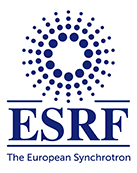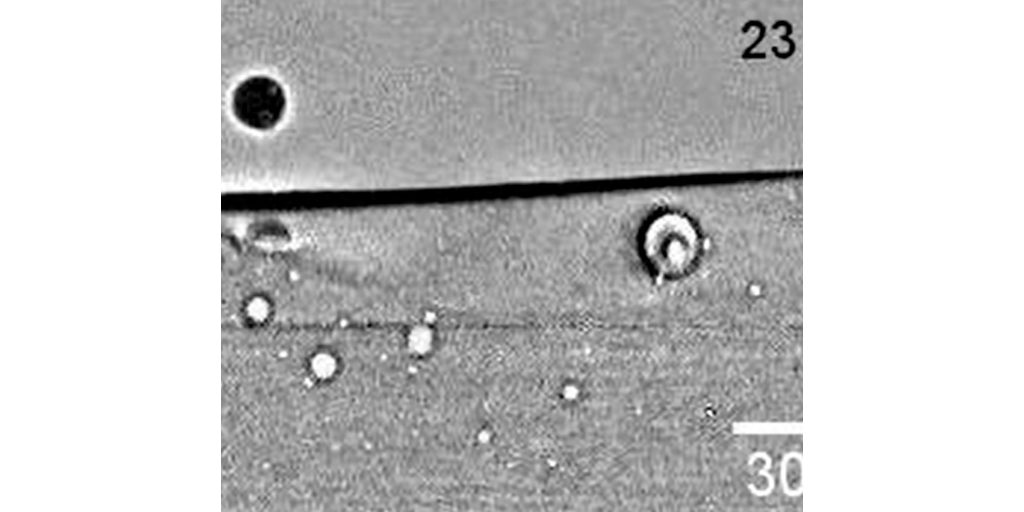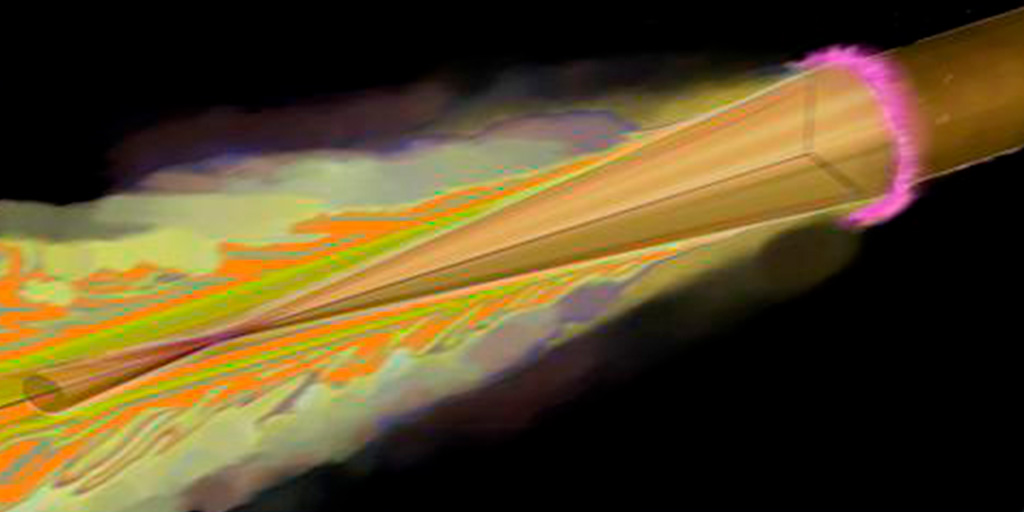More than 180 million tons of ammonia, a crucial chemical used to make synthetic fertilizers, are produced annually. Currently, ammonia is made using a process called Haber-Bosch, which relies on fossil fuels and requires high temperature and pressure. However, researchers are working on a very promising, low-carbon, electrochemical alternative route.
This alternative called lithium-mediated nitrogen reduction reaction (Li-NRR), was first discovered in 1930, almost a century ago, but hardly anyone explored it further. “Five years ago, we decided to focus on Li-NRR as the only reliable strategy for electrochemical ammonia production from elemental nitrogen”, explains Ib Chorkendorff, a professor from DTU and corresponding author of the paper.
Tracking reaction as it happens
The Li-NRR process aims to activate nitrogen using electrochemically plated lithium. A critical role in determining the efficiency plays the solid electrolyte interphase (SEI) layer formed on the plated lithium.
Now the team from DTU and Stanford University, together with the ESRF, has carried out operando investigations on ID31 using Grazing Incidence Wide-Angle X-ray Scattering (GI WAXS) to shed light on the SEI layers and reaction intermediates.
The experiments used metallic lithium to make nitrogen molecules split. They used LiBF4 as the electrolyte salt, instead of the typically used one (LiClO4), which formed lithium fluoride (LiF) and lithium ethoxide (LiEtO). These species play a crucial role in regulating proton transport to the plated lithium, influencing the Li-NRR performance.
Additionally, the study revealed LiH and LiNxHy-species as reaction intermediates, shedding light on the competing pathways that lead to both undesired and desired products.
The restructuring of the copper single-crystal substrate also inferred an interaction with plated lithium, potentially impacting Li-NRR performance.

About ESRF
The ESRF is the world-leading source of synchrotron and a centre of excellence for fundamental and innovation-driven research for imaging and studying the structure of matter at the atomic and nanometric scale in all fields of research. Located in Grenoble, the ESRF owes its success to the international co-operation of 22 partner nations, of which 13 are Members and 9 are Scientific Associates. Following on from 20 years of success and scientific excellence, the ESRF launched the ESRF-EBS -Extremely Brilliant Source- project (150M€ over 2015-2022). Centred on rebuilding the ESRF storage ring, EBS will deliver unprecedented source brilliance and coherence (~100x), offering scientists with a powerful new instrument to look even deeper into the structure of materials and living matter. EBS also includes the construction of new state-of-the-art beamlines, a scientific instrumentation programme with ambitious detector projects and a data management and analysis strategy.
More than 180 million tons of ammonia, a crucial chemical used to make synthetic fertilizers, are produced annually. Currently, ammonia is made using a process called Haber-Bosch, which relies on fossil fuels and requires high temperature and pressure. However, researchers are working on a very promising, low-carbon, electrochemical alternative route. This alternative called lithium-mediated nitrogen […]



